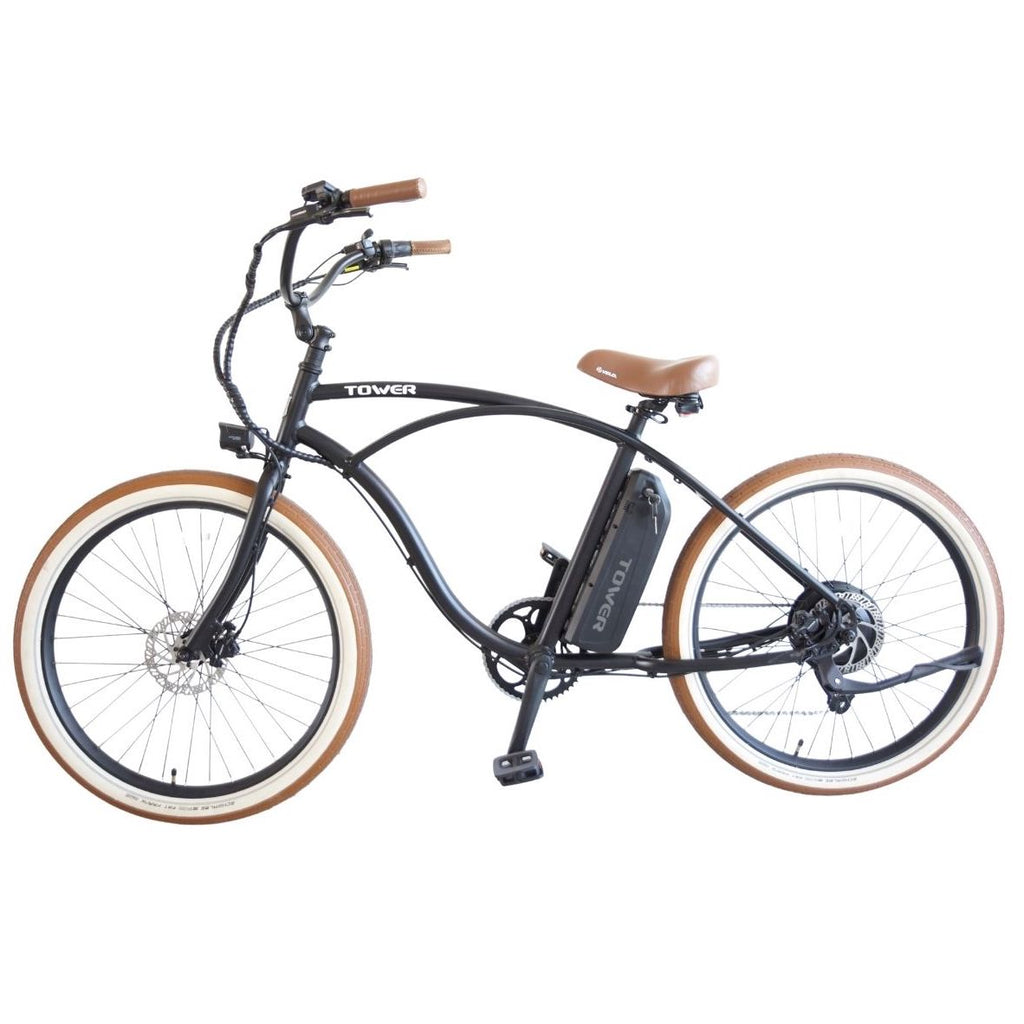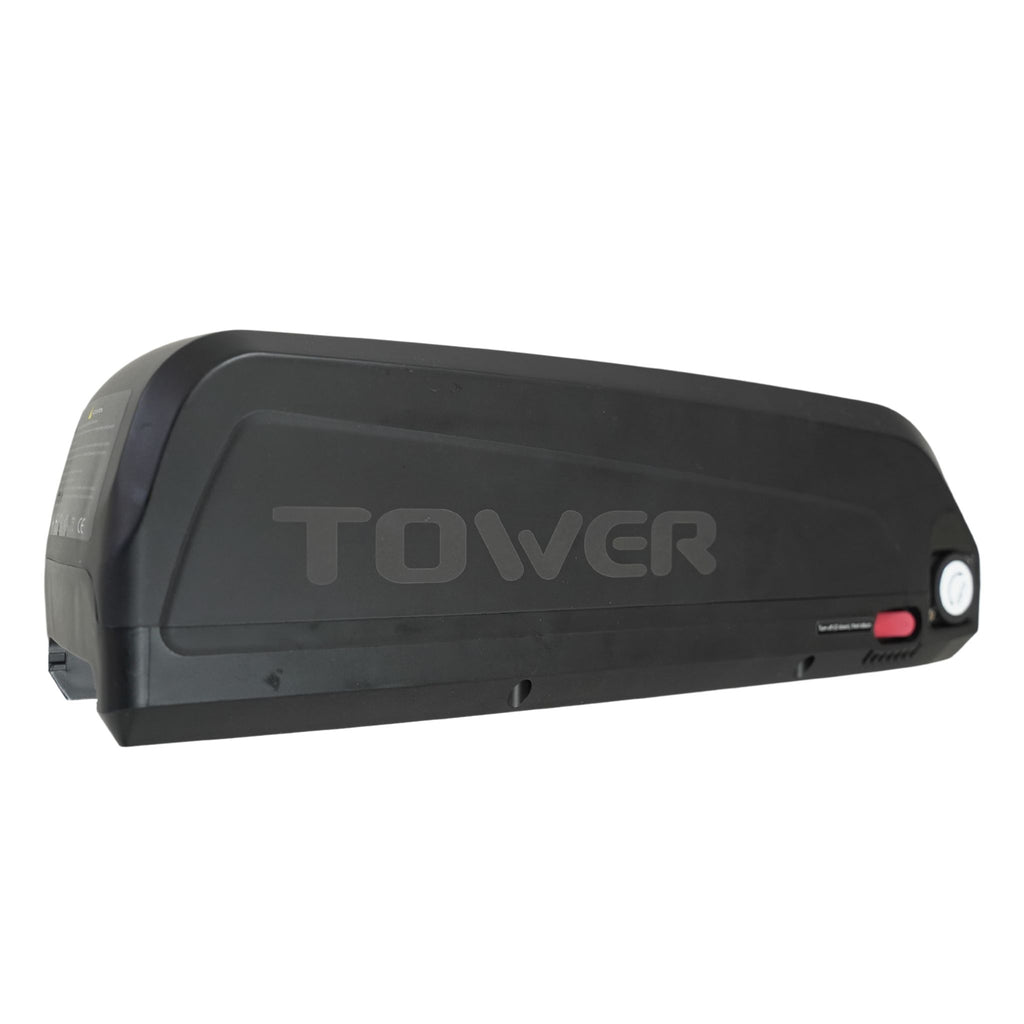Written by Stephan Aarstol
Electricity has become so common that it's easy to forget that things haven't always been this way. To figure out how electricity works, many scientists had to do experiments. If you'd like to feel like a scientist and experiment with electricity, there are many different ways you can do it!
Faraday's Experiment
Explore a famous scientist's discovery by trying it out yourself with this experiment. Do you have to switch magnetic fields to create an electric current?
DIY Electricity
Make your own generator with this simple experiment.
Static Electricity Experiment
With just a balloon, a pen, and some paper, you can do an experiment that shows off the effects of static electricity. What else could we do with the power of electrons?
Static and Balloons
Not only can electrons shift the direction in which water and hair bend, but similarly charged balloons can repel each other, too.
Cardboard and Static Balloons
With just some cardboard and inflated balloons, you can learn about static electricity. Find out how opposites attract and how you can use this to lift and move things.
Electrostatic Experiment
See the difference between positively and negatively charged rods with the assistance of fur and silk. Rubbing a rod against the fur causes a positive charge, while the silk causes a negative one. What happens when you put the two charged rods next to each other?
Experiments With Electricity
This page from Yale-New Haven Teachers Institute walks students through a lot of details about electricity, from how it works on the atomic level to how you can see it in action.
Pie Lightning
Form small sparks of lightning with a thumbtack, a pencil, and aluminum pie pans. If you turn the lights off while you're doing this experiment, you might see the lightning flickering through the air!
Static Electricity Balloon Experiments
Learn the effects of static electricity using balloons, string, tissue paper, wool, and aluminum.
Electrical Experiment Trio
Here is a small group of experiments to help you learn more about how electricity works. One involves a lemon battery, another makes mini-lightning, and the last involves creating an electromagnet.
Bulbs and Circuits
Make a light bulb shine brighter by learning how voltage affects electronics. This page also has a few experiments that are designed to teach you about circuits and their parts.
Bending Water
Try an experiment that bends water with the power of static electricity.
Conductor or Insulator?
This experiment uses a variety of materials that you can test to see which ones conduct electricity well and which ones don't.
The Floating Paper Clip
Give a paper clip a charge and watch it float in the air with this experiment!
Light Without a Battery
Can you light up a light bulb without a battery or plug? Try this experiment to find out!
Dancing Salt
This experiment creates static electricity to make salt dance across your hand.
Penny Battery
A battery can be surprisingly simple to make. Stack a few sanded-down pennies (with a parent's help) and see what happens with this experiment.
Simple Electric Circuit
Make three electronic circuits with these easy directions and watch how they work.
Majesty of the Jumping Frogs
Watch your paper frogs leap into the air as they try to reach the balloon above!
Pencil Circuits
Graphite, the stuff in pencil lead, can conduct electricity. To prove it, try this experiment out and see if you can make a light bulb light up without the two ends of wire touching each other.
The Flying Butterfly
Another way to use static electricity is by making a butterfly's wings flap. Watch as their wings reach for the statically charged balloon when it hovers above the butterfly.
Roll a Can
Static electricity can make a can slide across the ground, too. Just make a balloon have the right charge and the can will tumble away.
Electricity and Magnetism
Learn about how electricity and magnetism are related with this experiment from Mississippi State University.
Floating Paper Clip
Try another experiment that shows how to make a paper clip float with electricity.
Removing Static Electricity
After doing these experiments, you might find yourself shocking anything you touch! Fix that with this guide to getting rid of static charges.
















